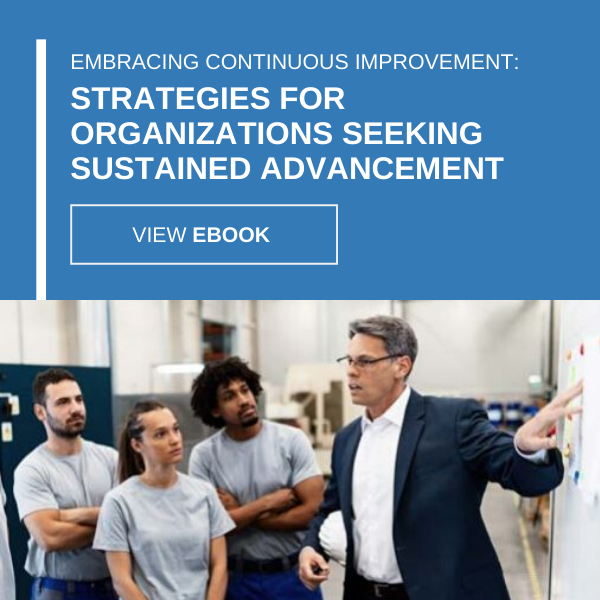
3 Process Improvement Guidelines for Any Industry
Tenets of process improvement must, by nature, contain a certain degree of ubiquity. Processes are everywhere: on manufacturing production lines, in back-end administration, from the warehouses to the corner offices to cyberspace.
While there are many process improvement methodologies including Lean, Six Sigma and Kaizen, each methodology has a different approach to the problem. Therefore, choosing the right methodology for your business is quite important in terms of reaching a solution.
Despite the universality of process improvement, it can provide many valuable guidelines to industries seeking cost efficiency, optimization, standardization and/or enhanced quality. What are some of the most powerful principles?
1. Do not become distracted by change
Whether your business is Lean, Six Sigma, a little bit of both or neither, blind allegiance to process improvement does not itself achieve results.
“Look to give form to processes that lack it or those that could use a dose of uniformity.”
Modern businesses, fearful of inflexibility, have sought to re-identify their company cultures as ones with a better grasp on change and continuous improvement. As this new era in more malleable management awakens, however, some rigidity must remain, particularly in dealing with ad-hoc processes as opposed to established channels of production or service. Instead of homing in on reconstructing and re-reconstructing processes to squeeze out every last drop of efficiency, look to give form to processes that lack it or those that could use a heavy dose of uniformity.
2. Do not expect to improve everything all at once
Improvements should always have a benefactor, someone or a group of people who experience positive effects through implementation. Maybe it’s asset operators on the production line, maybe it’s human resources, maybe it’s suppliers or customers or regulators. However, there is one group of people process improvements could never and should never accommodate: everyone.
A process improvement should help a closed cadre of workers and create small reverberations of affirmative change throughout an organization. That said, some of the best improvements have little to no significant impact on anyone else. It’s the sign of a smooth integration. Achieving process improvement modularity, where change occurs compartmentally, is a victory all its own.
3. Do incorporate more data, more people
Earlier this year, a survey commissioned by Osney Media found while businesses utilize data as a means of studying their own performance, only 11% actually use data during strategic decision-making, the cornerstone of effective process improvement. Data can do more than tell a company when to pull the trigger – it can also teach it how to aim. Beyond that, cold hard data helps decision-makers win over employees who push back on process improvements not perceived as beneficial to them or their operations.
However, don’t let that lead you astray in terms of the role employee recognition plays in process improvement matters. Cross-functional teams serve a valuable purpose by ensuring all legitimate concerns are addressed, both on a department-by-department basis and also between departments.





